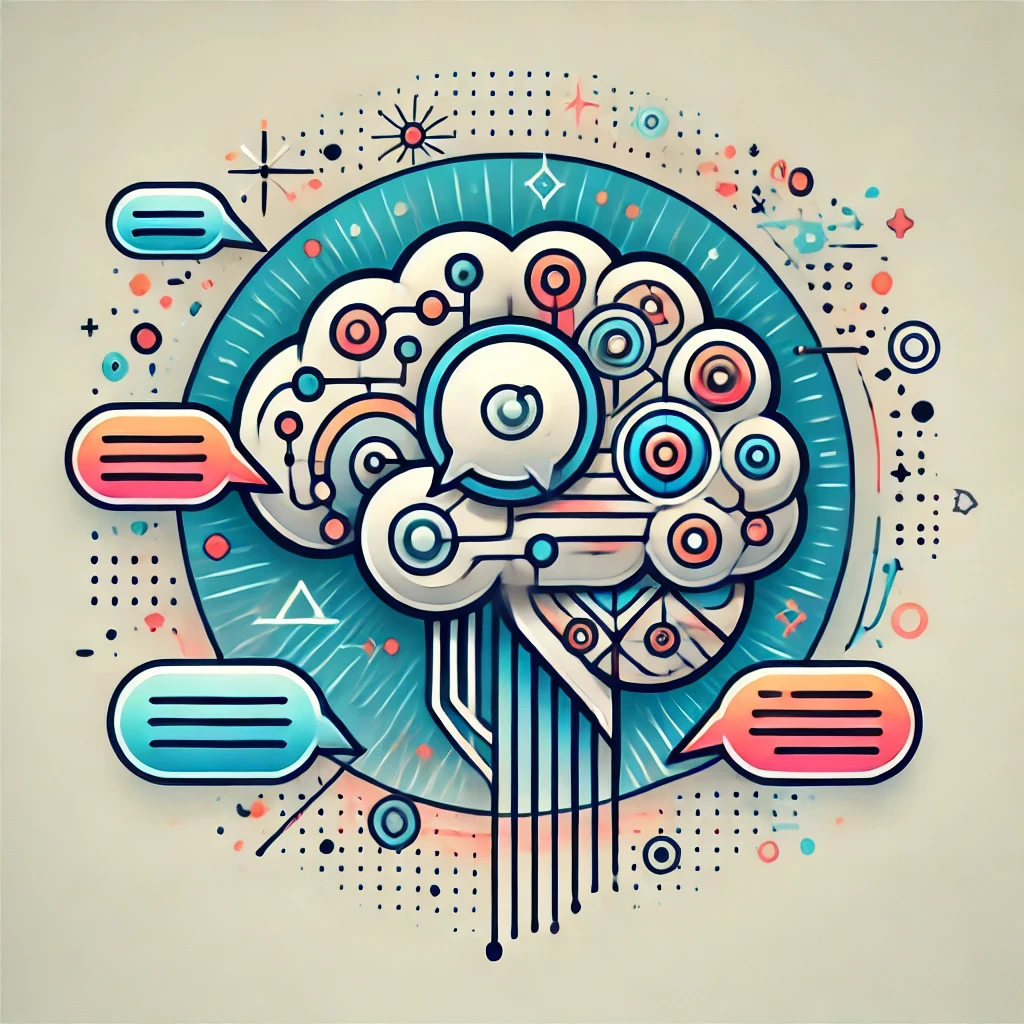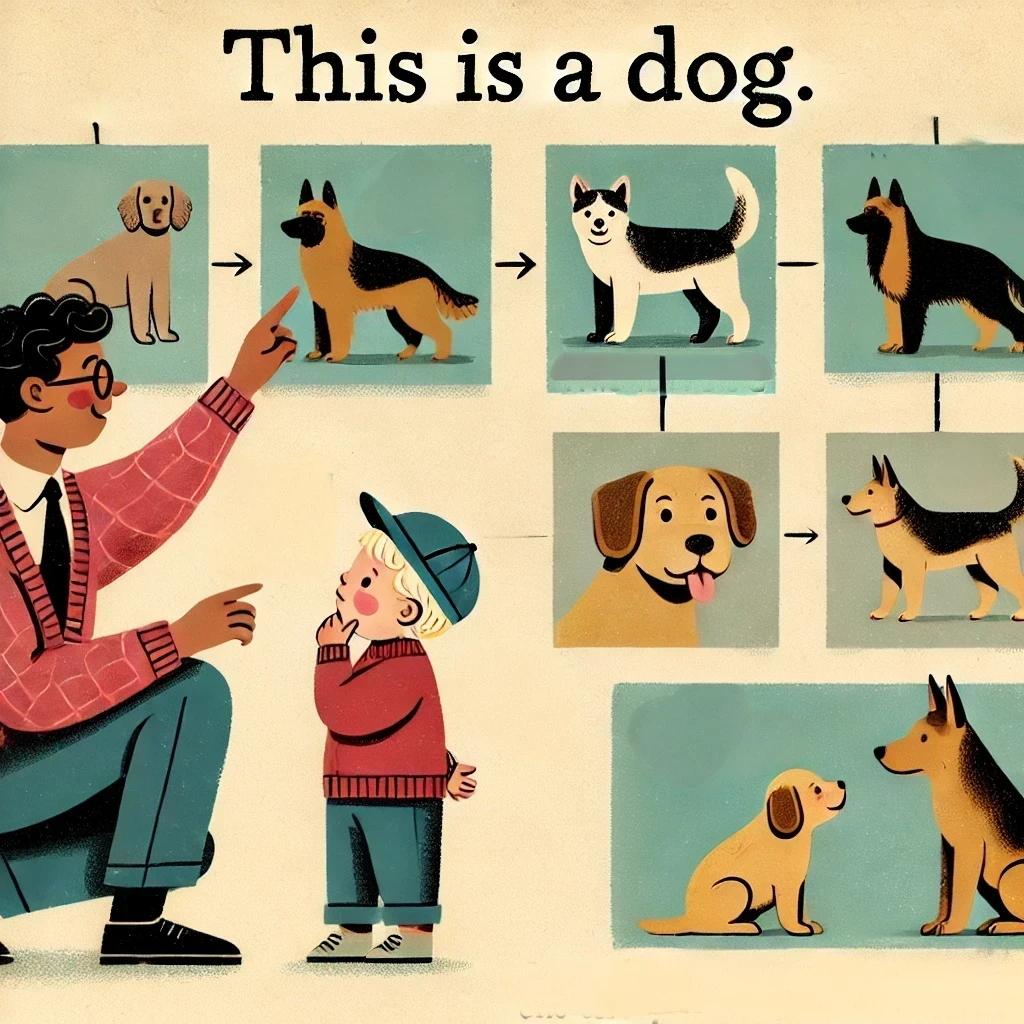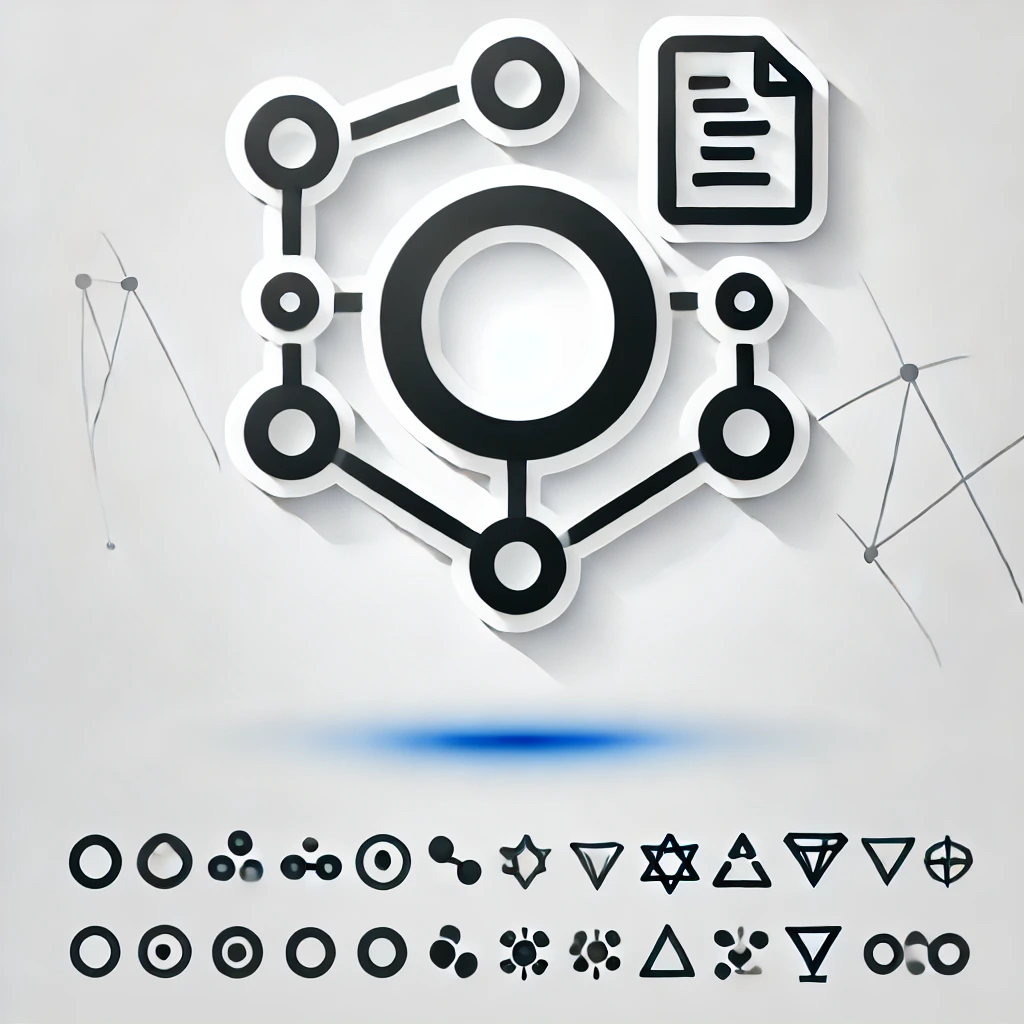Author: Masih
-

The Seven Fundamental Flaws of Academia
•
Introduction Academia is often idealized as a beacon of knowledge, discovery, and progress. Yet, for those who navigate its corridors, it can sometimes feel more like a rigid, exploitative system rather than an institution designed to advance human understanding. This article explores seven fundamental flaws embedded in academia, highlighting why…
-

Transformers Pay Attention
•
A Large Language Model (LLM) is a type of artificial intelligence model designed to understand, generate, and manipulate natural language. These models are trained on vast amounts of text data from various sources like books, websites, and articles, enabling them to learn the statistical patterns, grammar, and meaning of language. The “large”…
-

Understanding Deep Learning
•
What is Deep Learning? Deep learning is a special kind of machine learning that uses structures called “neural networks” to automatically learn patterns from data. It’s called “deep” because these neural networks have many layers that help the computer understand complex patterns. How Does It Work? Imagine you’re trying to…
-

Machine learning intuition
•
Machine learning is like teaching a computer to make decisions or predictions based on examples, rather than telling it exactly what to do through specific rules. Imagine you’re teaching a child to recognize dogs. You show them lots of pictures of dogs and tell them, “This is a dog.” After…
-

Analysis of somatic mutations in whole blood
•
Analysis of somatic mutations in whole blood from 200,618 individuals identifies pervasive positive selection and novel drivers of clonal hematopoiesis Why did they do this study? The study aimed to understand the genetic basis and implications of clonal hematopoiesis (CH) by analyzing somatic mutations in whole blood. CH is associated…
-

Enhancing Portability and Consistency: A Dive into Containerisation Platforms
•
Containerization platforms are tools that package an application and its dependencies into a standardized unit called a container. This allows the application to run consistently across different computing environments, ensuring that the software behaves the same regardless of where it’s executed. Containers are lightweight, portable, and provide isolated environments for…
-

Object-oriented programming (OOP) intuition
•
Object-oriented programming (OOP) is a paradigm that organizes software design around data, or objects, rather than functions and logic. Here’s a simple explanation to understand the intuition behind OOP, especially when compared to non-object-oriented programming languages: Intuition of Object-Oriented Programming Imagine you’re building a small city with various types of…
